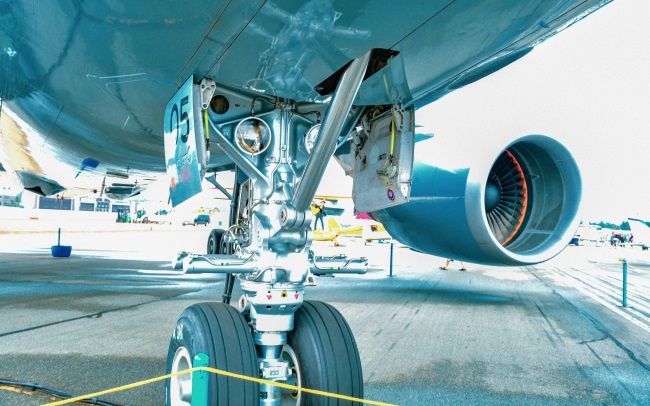Aircraft power systems are the silent heroes of aviation, providing the necessary energy to keep aircraft airborne and operational. In this in-depth exploration, we will delve into the world of aircraft power systems, shedding light on their fundamental principles, components, and their critical role in modern aviation.
Fundamental Principles of Aircraft Power Systems:
Aircraft power systems operate on the principles of mechanical, electrical, and hydraulic engineering. These systems generate, transmit, and control power to perform essential functions, ensuring the safety and efficiency of flight.
Components of Aircraft Power Systems:
Aircraft power systems comprise several key components:
- Engines: Aircraft are typically equipped with jet engines or piston engines that generate thrust to propel the aircraft forward. Jet engines are prevalent in commercial aviation due to their high efficiency and power output.
- Generators and Alternators: Generators and alternators produce electrical power to operate avionics, lighting, and other electrical systems onboard the aircraft.
- Fuel Systems: Fuel systems store, manage, and supply aviation fuel to the engines. These systems are designed for efficient fuel consumption and redundancy.
- Hydraulic Systems: Hydraulic systems provide the force required to operate various aircraft systems, including landing gear, flight control surfaces, and braking systems.
- Batteries: Aircraft incorporate batteries for backup power and auxiliary functions, ensuring critical systems remain operational in emergencies.
- Power Distribution: Power distribution systems manage and allocate electrical power to different aircraft systems as needed, ensuring efficient energy utilization.
Applications of Aircraft Power Systems:
Aircraft power systems serve a myriad of crucial functions:
- Propulsion: The primary function of aircraft power systems is to provide the necessary thrust for propulsion, enabling takeoff, climb, cruise, and descent.
- Electrical Power: Electrical power systems support avionics, lighting, communication, navigation, entertainment, and other electrical systems on the aircraft.
- Hydraulic Power: Hydraulic power systems operate landing gear, flaps, slats, brakes, and flight control surfaces. They provide precise control and maneuverability.
- Fuel Management: Fuel systems manage the storage, distribution, and consumption of aviation fuel, ensuring efficient operation of the engines.
- Emergency Systems: Batteries and backup power sources are critical for maintaining essential systems during emergencies or electrical failures.
Challenges in Aircraft Power Systems:
Aircraft power systems face several challenges unique to aviation:
- Weight Constraints: Aircraft must minimize weight while ensuring the reliability and redundancy of power systems. Excessive weight affects fuel efficiency and flight performance.
- Environmental Considerations: Aviation's impact on the environment requires the development of more fuel-efficient engines and sustainable aviation fuels.
- Reliability and Redundancy: Ensuring the reliability of power systems is paramount. Redundant systems and rigorous maintenance practices mitigate the risk of failure.
- Technological Advancements: Advancements in materials, engine design, and power generation technologies continue to drive progress in aircraft power systems.
Advancements in Aircraft Power Systems:
Advancements in aircraft power systems are ongoing, driven by the need for increased efficiency, reliability, and sustainability. These include:
- More Efficient Engines: Ongoing research and development focus on improving engine efficiency and reducing emissions.
- Sustainable Aviation Fuels: The aviation industry is exploring alternative fuels to reduce its carbon footprint and environmental impact.
- Lightweight Materials: Using advanced lightweight materials in power systems contributes to fuel efficiency and overall weight reduction.
- Electrification: The aviation industry is exploring electric and hybrid-electric propulsion systems for smaller aircraft, which offer the potential for reduced emissions and operating costs.
Aircraft power systems are the unseen force that powers the skies, enabling safe, efficient, and reliable flight. These systems incorporate a diverse array of components and technologies, from engines to generators, fuel systems to batteries, and more. The aviation industry continually strives to enhance power system efficiency, reduce environmental impact, and improve overall performance. As aviation technology evolves, aircraft power systems will remain at the forefront, ensuring that aircraft remain safe, reliable, and capable of reaching new heights.


No comments yet